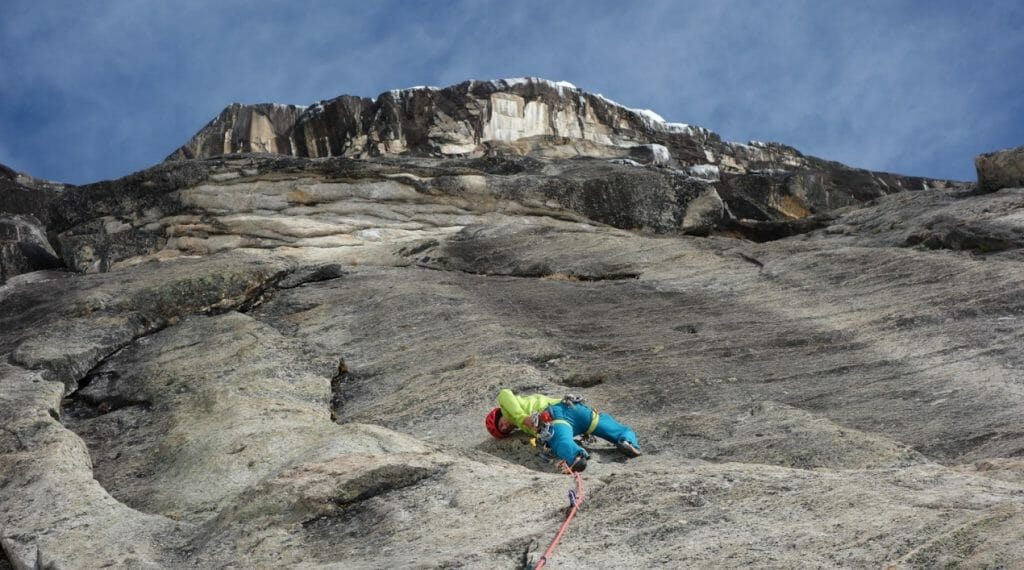When doing ARC training or accumulating pitches during a climbing marathon session, it can be easy to lose your concentration and let your form slide downhill. Here are some technique drills you can work on while you log the vertical. If you have your own favorite climbing drill, email us your suggestion and we’ll add it to the list!
If you are looking to incorporate drills into a robust training session, see the article: Training for Rock Climbing.
Rock Climbing Technique Drills
Pick one drill per session. When your mind wanders to that Weiss beer waiting for you at the end of the session, simply bring your thoughts back to your skills focus.
Blink Drill
While climbing, look at a foothold and then close your eyes. Move your foot onto the foothold using only “feel.” When you think you are there, open your eyes to judge your performance. (Not practical to do on every move.)
Precise Feet
Make careful and precise toe placements. Select a “bull’s-eye” on each hold and don’t look away from the hold until your toe/foot is exactly where you want it. Go slow if you are sloppy. Speed up as you gain precision. (Can be combined with the blinking drill from time to time.)
Toe Hard
Think about maximizing foot force throughout movements. The mind thinks about the reaching hand, typically. So focus on the opposing foot (which drives the reaching hand).
Rest Practice
Seek out rest positions. Some may be unusual, and not necessary, but start to see more ways you can rest. Look for stems, kneebars, drop knees, jams, thumb wraps, etc. Try to quickly see, and then enter, the best rest position. Settle into it and relax all the muscles you can. Slow your breath. Relax forearms. Then start climbing again.
Glue Foot
Once you place your foot on the hold, you are not allowed to move it. A few things this glue foot drill brings up: Notice the feel of a properly “glued” foot. Focus on establishing a wide contact area between the shoe and the hold. This has a lot of correlation for how to stand on footholds on granite, where the holds are often very small and need a lot of shoe rubber in contact with the rock. Not moving the foot is also important on granite because it maximizes holding power and minimizes slips.
Max Weight on Feet
This is similar to the toe hard drill. Concentrate on maximizing foot force while holding your core in. One of the main benefits of this bouldering training is that it is essentially a highly specific core workout. You need a strong core on steep terrain to keep the center of mass in as close to the rock as you can. And therefore, keep as much of that mass over your feet (and off your arms) as is possible.
Finding Calm
Consciously pause after a difficult move or series of moves. Restart deep, even breathing. Deliberately relax your grip and shift weight onto your feet. Shake out if possible. Try to identify the moment that breathing stops or you tense up, and practice overcoming this response. (This can be practiced for a lifetime…)
Momentum Climbing
Attempt to climb boulder problems in one continuous movement. Try to minimize any pause in motion. it will help to mentally rehearse the sequences before beginning. Feel how climbing with momentum, assuming you have the strength, is often easier than climbing statically.
What are your personal favorite rock climbing drills? Email us at coach@uphillathlete.com.

